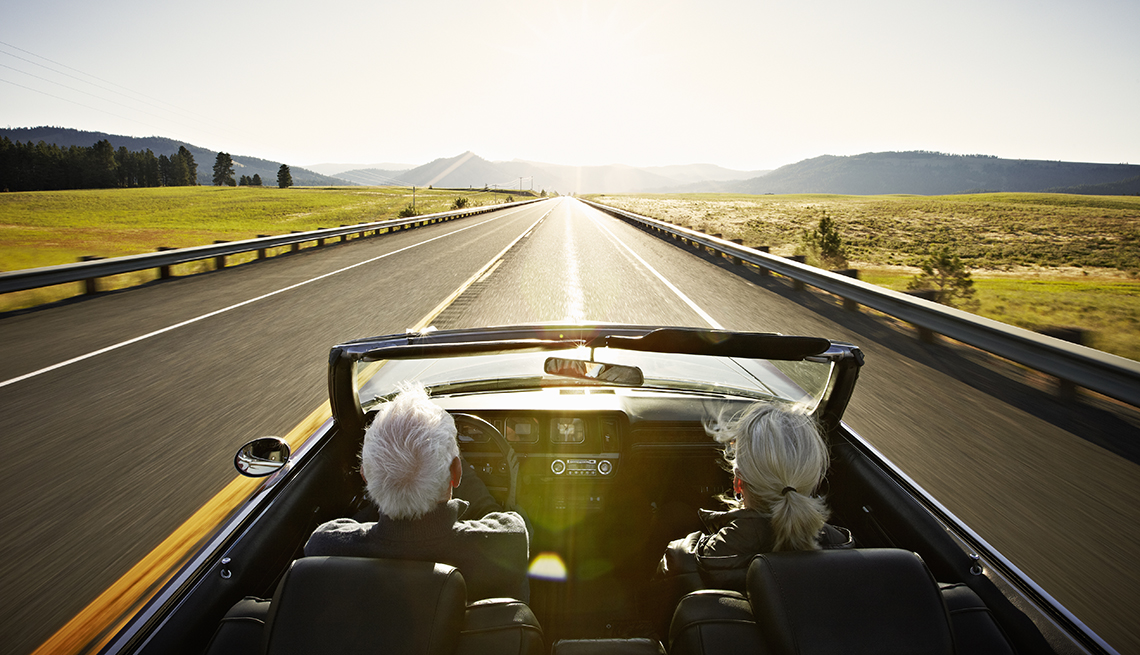AARP Hearing Center
Cruising down the highway with the top down, the wind in your hair, the light glinting off your sunglasses and nothing but blue sky above. It’s the great American car trip dream. It’s the freedom of the open road. It’s James Dean and the Beach Boys.
Still, there are some drawbacks to owning a convertible that might cause older drivers to steer clear. Here are five things to think about if you’re considering a vehicle that lets you put the top down.
1. Higher purchase price and insurance premiums
Car insurance companies, such as Progressive, warn shoppers that the more expensive the car, the higher the premium will be — and convertibles are usually more expensive than their roofed counterparts. For example, while a hardtop 2022 Mustang Coupe starts at $28,865, the same trim-level Mustang convertible starts at $34,365 — a $5,500 difference. In addition, according to Progressive, many insurers see convertibles as a greater risk for repairs, so premiums can be 17 to 19 percent higher for a ragtop.
2. Sun exposure
One very practical consideration: How much do you really want to be sitting out in the sun? When you’re lounging on a patio or at the beach, aren’t you usually under an awning or umbrella? Exposure to damaging UV rays is the leading cause of skin cancer, according to the American Cancer Society. And the Centers for Disease Control and Prevention reports that skin cancer is the most common cancer in the U.S., with approximately 4.3 million Americans diagnosed every year. You can certainly lather yourself up with sunscreen — and you should — but you may also decide that having the top down could be too much of a good thing.
3. Noise, noise, noise
Cruising down the highway with nothing above you but sky means you’re also being exposed to noise, and potentially lots of it. There’s the wind, the rumble of the engine, road sounds (e.g., rubber tires on pavement) and the surrounding traffic noise, including well-wishers honking at you to acknowledge what a cool convertible you’re driving.
































































